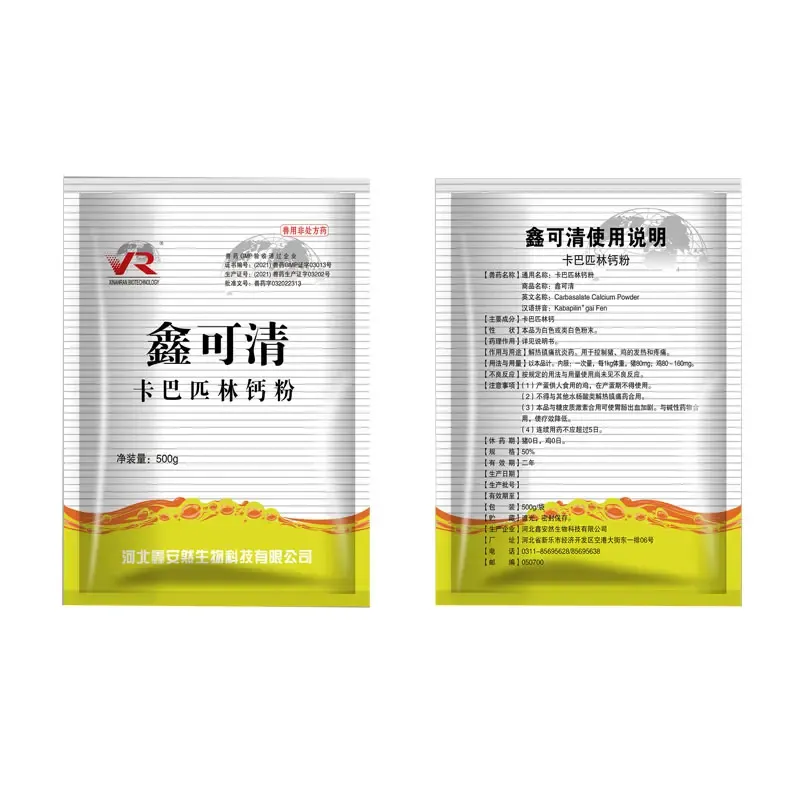- Afrikaans
- Albanian
- Amharic
- Arabic
- Armenian
- Azerbaijani
- Basque
- Belarusian
- Bengali
- Bosnian
- Bulgarian
- Catalan
- Cebuano
- Corsican
- Croatian
- Czech
- Danish
- Dutch
- English
- Esperanto
- Estonian
- Finnish
- French
- Frisian
- Galician
- Georgian
- German
- Greek
- Gujarati
- Haitian Creole
- hausa
- hawaiian
- Hebrew
- Hindi
- Miao
- Hungarian
- Icelandic
- igbo
- Indonesian
- irish
- Italian
- Japanese
- Javanese
- Kannada
- kazakh
- Khmer
- Rwandese
- Korean
- Kurdish
- Kyrgyz
- Lao
- Latin
- Latvian
- Lithuanian
- Luxembourgish
- Macedonian
- Malgashi
- Malay
- Malayalam
- Maltese
- Maori
- Marathi
- Mongolian
- Myanmar
- Nepali
- Norwegian
- Norwegian
- Occitan
- Pashto
- Persian
- Polish
- Portuguese
- Punjabi
- Romanian
- Russian
- Samoan
- Scottish Gaelic
- Serbian
- Sesotho
- Shona
- Sindhi
- Sinhala
- Slovak
- Slovenian
- Somali
- Spanish
- Sundanese
- Swahili
- Swedish
- Tagalog
- Tajik
- Tamil
- Tatar
- Telugu
- Thai
- Turkish
- Turkmen
- Ukrainian
- Urdu
- Uighur
- Uzbek
- Vietnamese
- Welsh
- Bantu
- Yiddish
- Yoruba
- Zulu
کانونی یەکەم . 04, 2024 19:52 Back to list
tylosin tartrate injection veterinary uses
Tylosin Tartrate Injection Veterinary Uses and Applications
Tylosin tartrate is a macrolide antibiotic widely used in veterinary medicine, particularly in the treatment of various infections in livestock and companion animals. Its effectiveness against a spectrum of gram-positive bacteria and certain gram-negative organisms makes it a valuable tool for veterinarians. This article explores the veterinary applications of tylosin tartrate injection, its mechanisms of action, dosing considerations, and potential side effects.
Mechanisms of Action
Tylosin functions by inhibiting bacterial protein synthesis. It binds to the 50S ribosomal subunit of susceptible bacteria, thereby interfering with the translation process. This action effectively halts bacterial growth and reduces the spread of infection, making it a key pharmaceutical agent in the fight against bacterial diseases in animals. The drug exhibits a particular advantage in treating respiratory and gastrointestinal infections, as well as infections related to certain types of soft tissue.
Uses in Veterinary Medicine
1. Respiratory Infections Tylosin tartrate injection is frequently employed to treat respiratory diseases in livestock, such as pneumonia in cattle and swine. The drug is effective against pathogens that thrive in the respiratory tract, helping to reduce morbidity and mortality associated with these infections.
2. Gastrointestinal Infections Another significant application of tylosin is in controlling bacterial infections of the gastrointestinal tract. Infections such as necrotic enteritis and infectious coryza can severely impact livestock health and productivity. Tylosin aids in recovery and promotes gut health, ultimately supporting better growth performance in young animals.
3. Dermatological Conditions In companion animals, tylosin tartrate injection can also be used to manage skin infections caused by susceptible bacteria. The ease of injection makes it suitable for pets that require immediate treatment for acute conditions.
tylosin tartrate injection veterinary uses

4. Non-specific Bacterial Infections Tylosin exhibits broad-spectrum antibacterial activity, making it a go-to option for various non-specific bacterial infections. Its versatility in treating multiple conditions in different species contributes to its popularity in veterinary practices.
Dosage and Administration
The dosage of tylosin tartrate injection varies based on the species being treated, the severity of the infection, and the specific condition being addressed. Generally, clinicians will administer the drug via intramuscular or subcutaneous injection. It is essential to adhere to the recommended dosage guidelines to minimize the risk of resistance and ensure effective treatment.
The duration of treatment typically ranges from several days to weeks, depending on the infection's response to therapy. Veterinary professionals often monitor the animal’s clinical signs to adjust the treatment plan as necessary.
Potential Side Effects
While tylosin tartrate is generally well-tolerated in animals, potential side effects can occur. These may include gastrointestinal upset, such as diarrhea or vomiting, especially if the drug is administered at high doses or if the animal has specific sensitivities. In rare cases, allergic reactions may occur, characterized by swelling or difficulty breathing. Therefore, veterinarians should exercise caution and conduct a thorough assessment of the patient's history before initiating treatment.
Conclusion
Tylosin tartrate injection is an essential antibiotic in veterinary medicine, delivering effective treatment for a variety of bacterial infections in both livestock and companion animals. Its ability to inhibit bacterial growth through protein synthesis makes it a crucial player in maintaining animal health and welfare. As with any pharmaceutical, responsible usage, including appropriate dosing and monitoring for side effects, is vital for optimizing its therapeutic benefits and preventing resistance development. Through proper application, tylosin tartrate remains a cornerstone in the veterinary therapeutic arsenal, contributing to improved health outcomes for animals under care.
-
Guide to Oxytetracycline Injection
NewsMar.27,2025
-
Guide to Colistin Sulphate
NewsMar.27,2025
-
Gentamicin Sulfate: Uses, Price, And Key Information
NewsMar.27,2025
-
Enrofloxacin Injection: Uses, Price, And Supplier Information
NewsMar.27,2025
-
Dexamethasone Sodium Phosphate Injection: Uses, Price, And Key Information
NewsMar.27,2025
-
Albendazole Tablet: Uses, Dosage, Cost, And Key Information
NewsMar.27,2025













